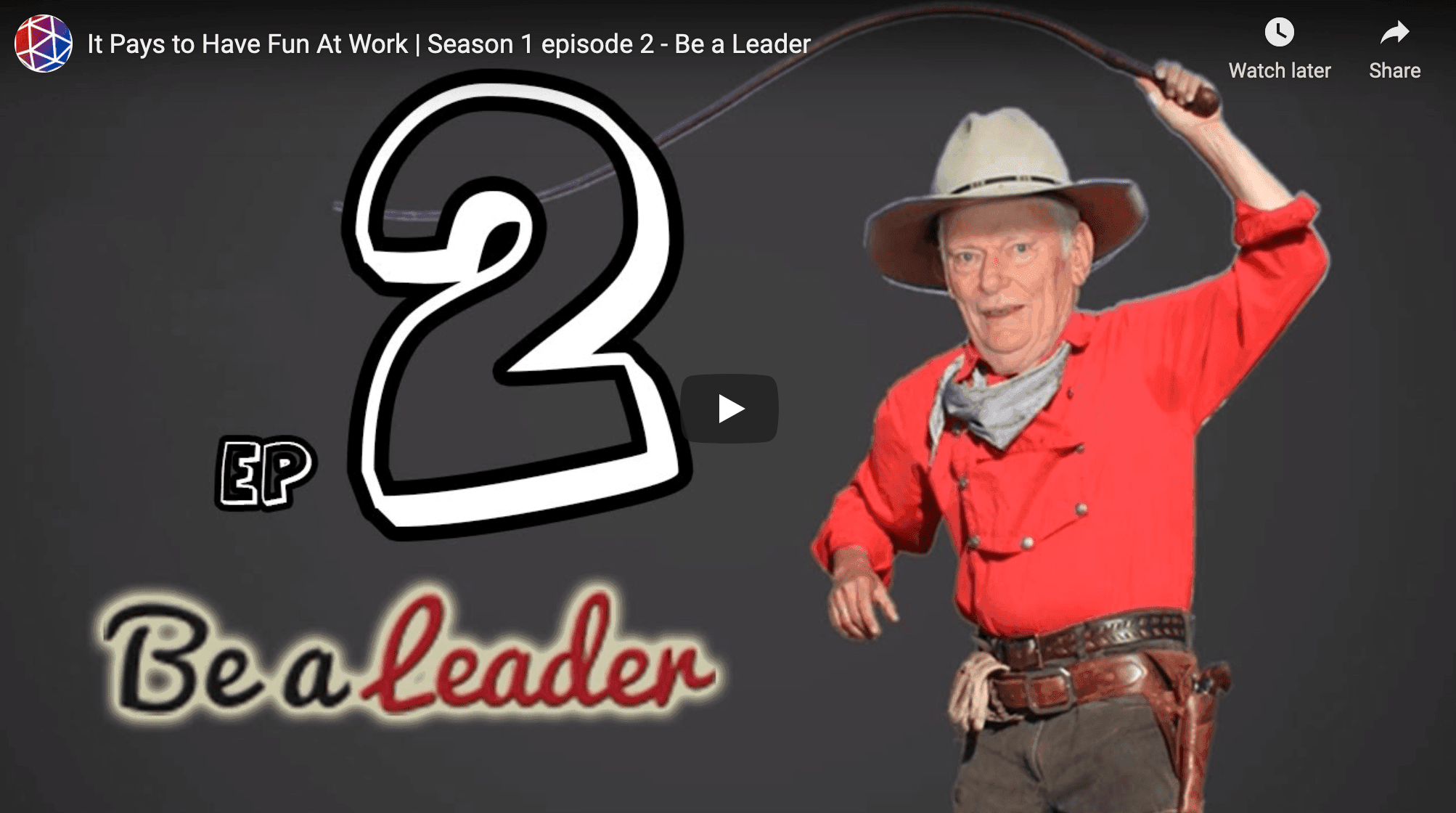How to Diagnose and Eliminate Hidden Work Friction

Storyset from Freepik
You know the feeling. A number is off. A metric flashes red. A target lags. And almost immediately, the instinct kicks in: push harder. Urge the team to hustle. Schedule another meeting. Layer on more oversight. It feels like leadership, and it feels like action. But often, it’s just our own inertia coated with urgency and it spins you straight into what we call the Wheel of Drag.

This isn’t just a metaphor, it’s a recurring operational pattern we’ve studied across industries and organisational levels. It begins when performance declines in market share, retention, revenue, or any goal–and in turn, leaders amplify the pressure. Whether loudly or silently, the message is clear: we need to push… and teams respond. They stretch, strain, and throw more effort at the problem.
The cracks start to form when shortcuts get taken, focus starts to fragment, and strategic priorities blur. And then, in response to that very slippage, leadership doubles down yet again with more oversight, and more urgency. The result? More effort and less impact. And the wheel spins on.
Read: Beyond the Single Cause: Why Influential Leaders Embrace Complexity
The Real Cost of Staying on the Wheel
This is the Wheel of Drag: a self-reinforcing loop where energy increases but outcomes stall. It erodes margins, drains high performers, and keeps organisations stuck in a reactive posture. The cost is not only operational, it’s cultural. As teams become less resilient, leaders become less available; and as over-communication ramps up, clarity gives way to noise. You don’t have to be a physicist to realize that the more it spins, the harder it is to stop.
What Breaks the Cycle: Insight Over Instinct
So how do we exit the cycle? We start with insight. At JFG, we begin with deep measurement. Not surface-level surveys, but rich diagnostic tools that combine quantitative data with qualitative context to uncover how work is truly happening– and where it’s getting stuck. Because while most leaders think they have a read on the issues, very few actually have visibility into the subtle frictions that generate inefficiency and fragmentation. Pulse checks won’t show you what’s quietly bleeding hours from your operating budget. However, a rigorous diagnostic will.
That first measurement does two things: it establishes your baseline, and it sparks alignment. When executives see the truth (unfiltered, not just filtered through hierarchy) they gain the clarity to lead differently. They also gain motivation. When the story of the organisation becomes visible in data and voice, the case for change becomes impossible to ignore.

The Three-Part Playbook for Change
- Step 1: Executive Alignment Work with your senior teams to recalibrate. You don’t just need to identify what to pursue, but how to pursue it. Are your rhythms driving high-value outcomes, or just generating busywork? Are you modeling clarity and focus at the top, or unintentionally reinforcing the chaos? By starting with executive leadership, those questions begin to get answered.
- Step 2: Smart Subtraction Then begin auditing calendars, initiatives, and workflows. As you identify redundancy and misaligned efforts, you can start to remove them. This isn’t about lowering standards. It’s about removing drag so your people can deliver with greater velocity and fewer false starts.
- Step 3: Skill Building Once your teams are empowered with more bandwidth, they can be taught a myriad of critical “desk-skills” that drive high performance. Delegation frameworks, meeting discipline, or calendar instruction, will equip your people to operate with more precision and intention. Without those capabilities in place, the wheel just restarts under a new name and a new fire drill.
And then, of course, you must measure again and again. Check direction, track progress, and ensure that the gains you’ve made aren’t just a temporary lift but a structural improvement.
The Slingshot of Success: A Better Way Forward
This entire process peaks with what we call the Slingshot of Success. It’s not about taking your foot off the gas, it’s about taking your foot off the wrong gas pedal and stepping on the right one. You’ll pull out of the centripetal force and gain visibility, reestablish control, and then launch forward with alignment and clarity.
We’ve watched organisations reclaim hours, re-energize teams, and execute more effectively. Not by doing more, but by doing what matters and doing it better.
If even one part of this cycle sounds familiar, maybe it’s time to step off the wheel. We’d be glad to show you how.
This was also published on Juliet Funt's LinkedIn.
Step Into the Room Where Leaders Grow
Leadership
Tags: Executing Leadership, Crucible Moments, Consultant Corner






